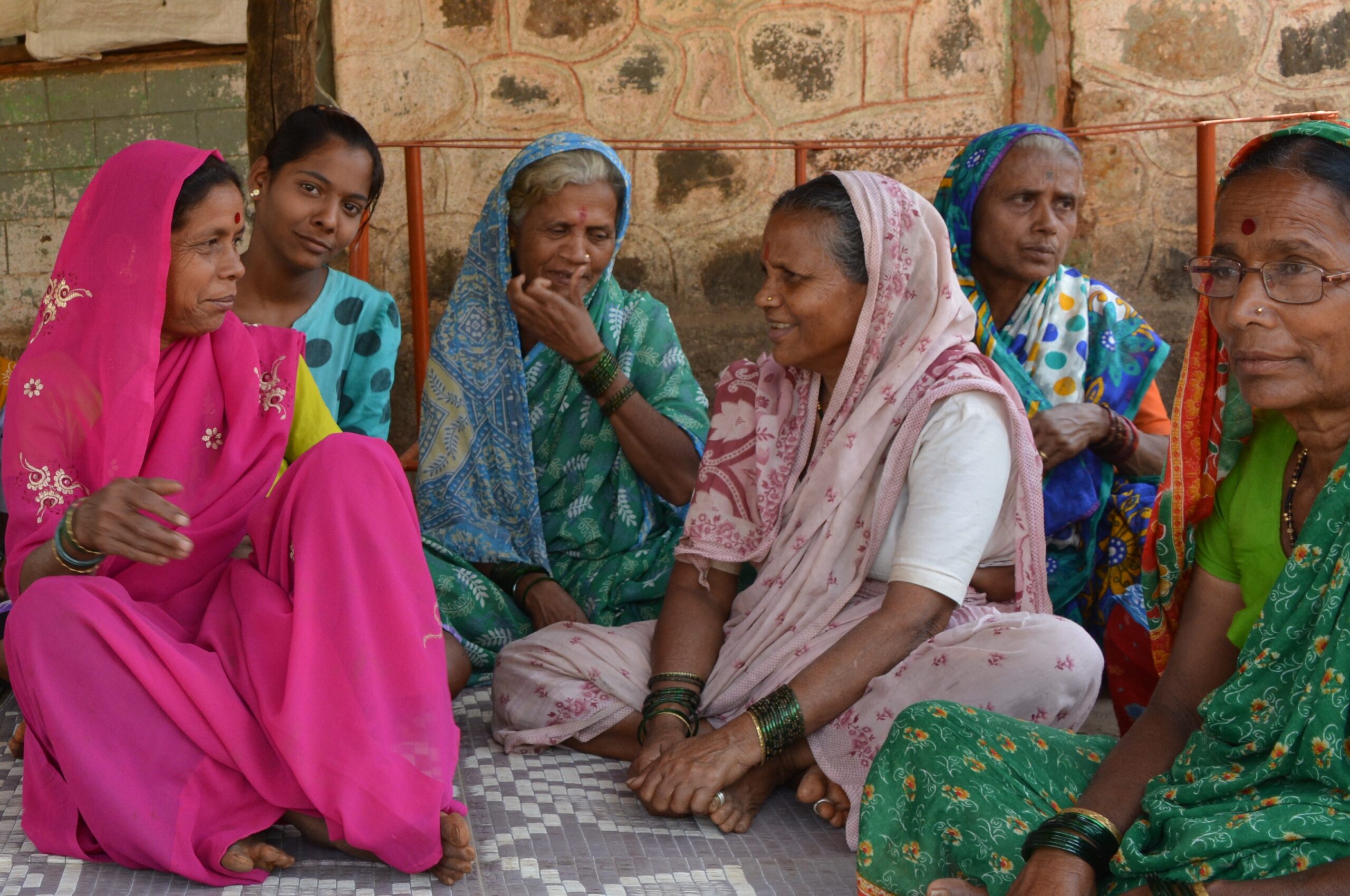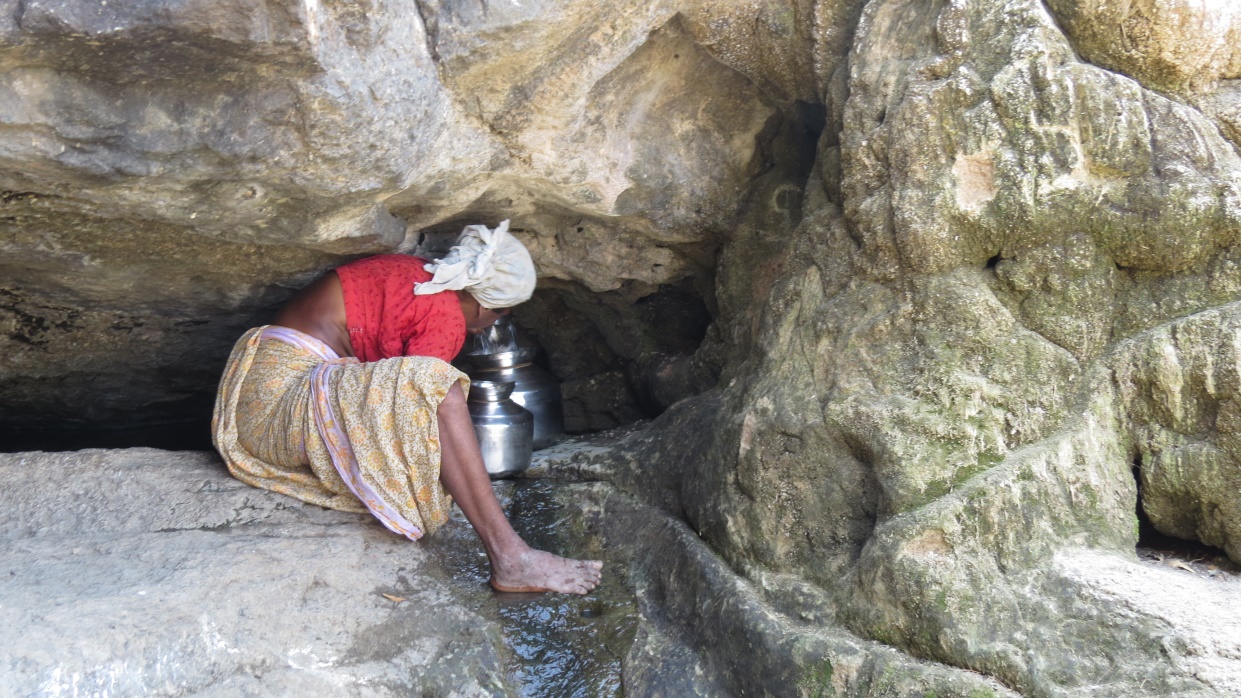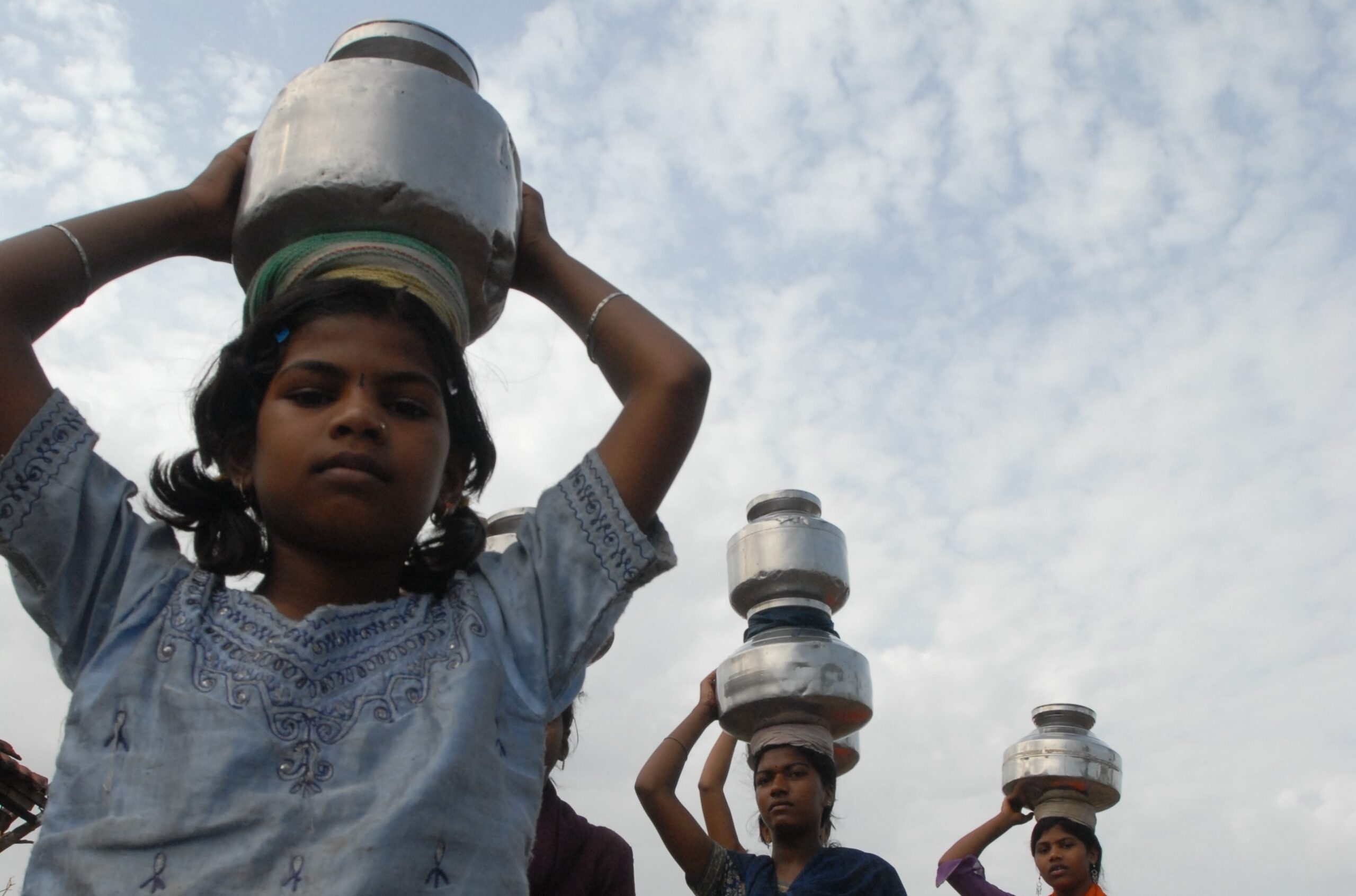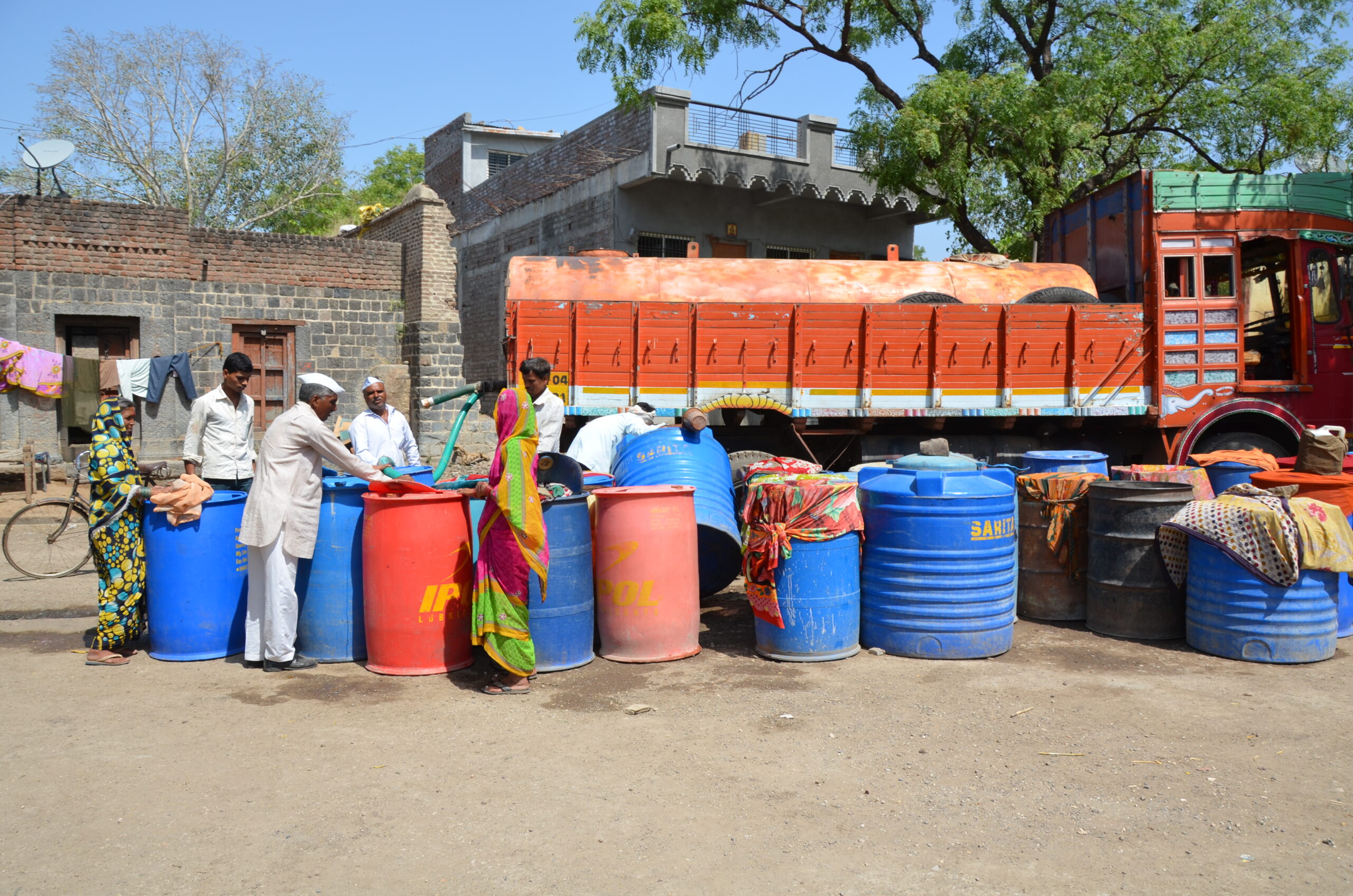Dhavalpuri Bazaar
In Rural India, bazaars are still a grand weekly event, where makeshift stalls appear on the roadside for the day. It is an amalgamation of culture, emotions and colours. Apart from selling a variety of products ranging from vegetables to clothes, from livestock to sweetmeats, these are places where people meet, catch up, and network with each other.
This photo essay showcases some glimpses captured from our visit to the weekly bazaar at Dhavalpuri.







